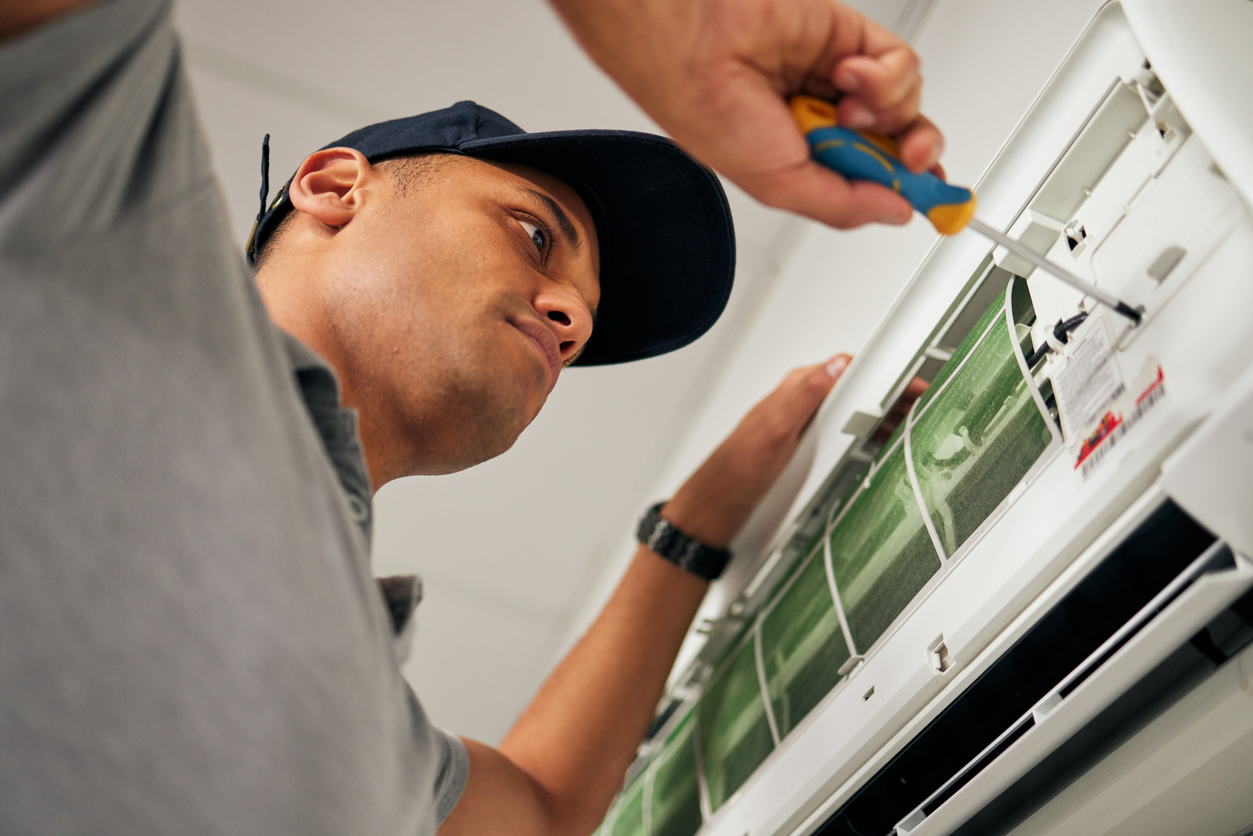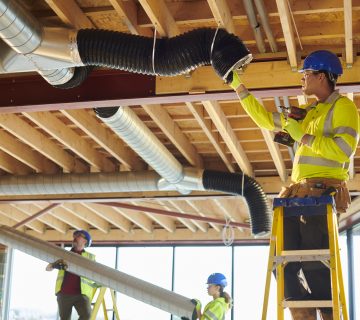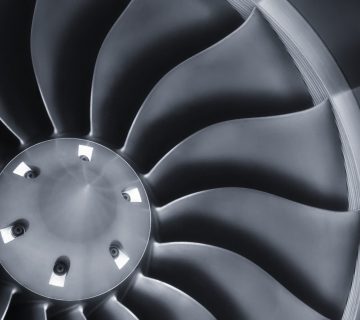Table of Contents
HVAC fan troubleshooting is essential for maintaining system performance, preventing costly repairs, and ensuring indoor comfort. Regularly identifying and addressing fan-related issues can help avoid reduced efficiency, overheating, and system failures, ultimately extending the lifespan of your equipment. A well-functioning fan is crucial for proper airflow, temperature regulation, and overall system efficiency. Understanding common problems and their solutions allows for timely maintenance, reducing downtime and costly emergency repairs while improving energy efficiency.
Here are 5 troubleshooting tips to help you quickly diagnose and resolve common HVAC fan issues, keeping your system running smoothly.
1. Fan Motor Failures
Symptoms: The fan doesn’t start, runs intermittently, or stops unexpectedly.
Troubleshooting Steps:
- Check Power Supply: Ensure the HVAC system receives power. Inspect circuit breakers and fuses for any tripped or blown components.
- Inspect Wiring Connections: Look for loose or damaged wires leading to the fan motor. Secure or replace as necessary.
- Test the Capacitor: A faulty capacitor can prevent the motor from starting. Use a multimeter to check its functionality and replace it if needed.
- Assess Motor Condition: If the motor shows signs of wear, overheating, or burning smells, it may need replacement.
2. Unusual Noises
Symptoms: Grinding, squealing, or rattling sounds during operation.
Troubleshooting Steps:
- Inspect for Debris: Ensure no foreign objects are in the fan blades or housing.
- Check for Loose Components: Tighten any loose screws, bolts, or panels that could cause vibrations.
- Examine Bearings and Belts: Worn-out bearings or belts can produce noise. Replace them if they show signs of wear.
- Balance the Fan Blades: Imbalanced blades can cause wobbling and noise. Clean and balance them as needed.
3. Airflow Inconsistencies
Symptoms: Some rooms are warmer or cooler than others, or there’s weak airflow from vents.
Troubleshooting Steps:
- Check Air Filters: Dirty filters can restrict airflow. Replace them regularly to maintain proper circulation.
- Inspect Ductwork: Look for leaks, blockages, or disconnected sections in the ducts that could impede airflow.
- Ensure Proper Damper Settings: Adjust dampers to balance airflow across different zones.
- Verify Fan Speed Settings: Ensure the fan operates at the correct speed for your system’s requirements.
4. Overheating
Symptoms: The fan motor becomes excessively hot, potentially emitting a burning smell.
Troubleshooting Steps:
- Clean Fan Components: Dust and debris can cause the motor to overheat. Regularly clean the fan blades and housing.
- Ensure Proper Ventilation: Confirm that vents and registers are open and unobstructed to allow adequate airflow.
- Check for Electrical Issues: Faulty wiring or connections can lead to overheating. Inspect and repair any electrical problems.
5. Frequent Cycling
Symptoms: The fan turns on and off more frequently than usual.
Troubleshooting Steps:
- Assess Thermostat Placement: Ensure the thermostat isn’t near heat sources or drafts, which can cause incorrect temperature readings.
- Check Thermostat Settings: Verify that the fan’s settings (e.g., “Auto” or “On”) align with your usage preferences.
- Inspect Control Board: A malfunctioning control board can cause erratic fan behavior. Consult a professional technician for evaluation.
Beyond HVAC Fan Troubleshooting
Beyond troubleshooting, preventative maintenance is key to long-term HVAC performance. Seasonal inspections—such as cleaning fan blades, lubricating bearings, checking belts, and ensuring electrical connections are secure—can enhance system efficiency and reduce unnecessary strain. Keeping air filters clean and ensuring proper airflow distribution can also improve indoor air quality while maintaining optimal temperature control.
Investing in quality HVAC components can further reduce the risk of breakdowns and enhance system longevity. At EDI, we offer premium HVAC fans designed for durability, efficiency, and peak performance. Whether you need replacements, upgrades, or expert guidance, our team is here to help. Contact EDI today to explore our fan solutions and keep your HVAC system running at its best.




